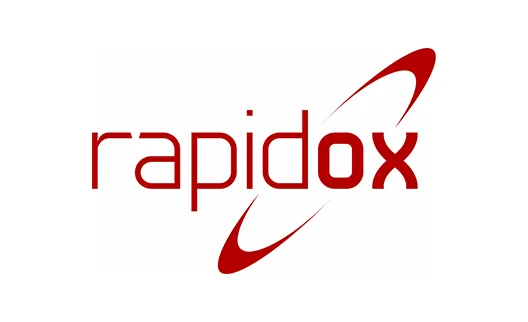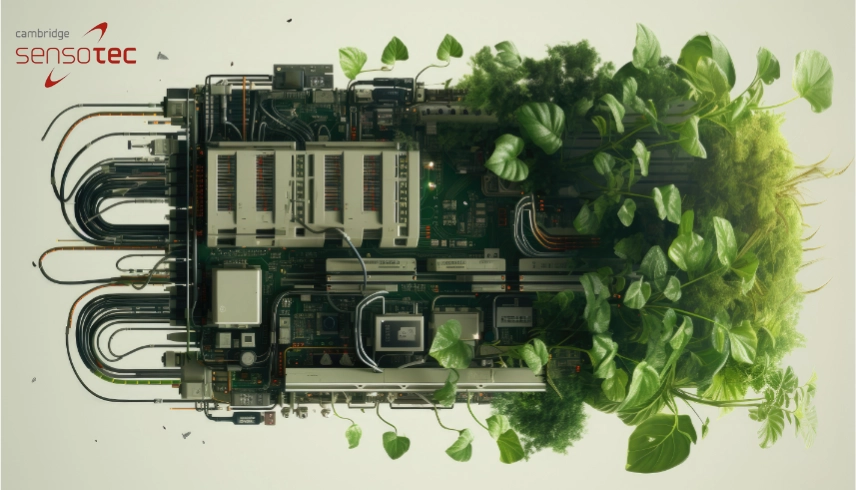
High-voltage systems rely on sulphur hexafluoride (SF6) for its unmatched insulating power, but managing this potent greenhouse gas demands precision. Even small communication errors – like sensor failures or data mishaps – can lead to leaks, equipment issues, and environmental risks. Luckily, modern control technologies are stepping in to keep SF6 management on track.
In this article, we’ll explore how advanced sensors, AI-driven maintenance, and automated leak detection are transforming SF6 operations, reducing errors, and promoting sustainable, efficient power systems. This exploration also aligns with the growing push toward sustainable switchgear solutions, which balance performance with environmental responsibility. Ready to discover how cutting-edge controls are making SF6 safer and smarter? Let’s dive in.
Understanding SF6 Communication Errors
In SF6 systems, communication errors can disrupt accurate monitoring of gas levels, pressure, and other vital metrics. These errors are often caused by sensor malfunctions, data transmission inconsistencies, or environmental interferences. When undetected, these issues may lead to incorrect readings, impacting equipment reliability and potentially increasing SF6 leakage. Ensuring accurate, error-free communication in SF6 management is essential for maintaining both operational safety and environmental compliance.
The Role of Modern Controls in Error Mitigation
Advancements in technology have introduced modern controls that are pivotal to SF6 management. Through automation, real-time monitoring, and data-driven analysis, these controls significantly reduce communication errors, enhancing both system reliability and environmental safety. These technologies allow organisations to anticipate and address potential issues before they lead to larger problems, supporting sustainable and efficient SF6 operations.
Key Technologies Enhancing Communication Accuracy
To effectively manage SF6 and prevent communication errors, modern control systems integrate a range of advanced technologies. These innovations—spanning from high-precision sensors to AI-driven maintenance—work together to provide accurate, real-time data, enabling operators to monitor and control SF6 levels with minimal risk. Below, we explore the key technologies that are transforming SF6 communication, enhancing system reliability, and supporting sustainable practices.
Advanced Sensor Integration
Modern controls utilise high-sensitivity sensors, such as infrared, ultrasonic, and laser-based options, that continuously monitor SF6 density, pressure, and temperature. These sensors provide precise, real-time data that replaces manual checks, which are more error-prone. By preventing fluctuations or outdated readings, these sensors minimise the risk of communication errors and maintain SF6 at safe levels. For readers interested in alternative insulation solutions, our article on Why Dry Air is Essential for the Future of Switchgear Insulation highlights an emerging approach that can reduce reliance on SF6.
AI and Machine Learning
Artificial intelligence (AI) and machine learning are now central to error mitigation in SF6 systems. Machine learning algorithms analyse large datasets, spotting patterns that might signal potential problems. For instance, small shifts in SF6 pressure may indicate a developing issue. Predictive maintenance powered by AI enables operators to address these signs early, preventing larger malfunctions and extending equipment lifespan while reducing communication errors.
Automated Leak Detection
Automated leak detection technologies, using ultrasonic or infrared sensors, quickly identify any SF6 leaks. When a leak is detected, the system instantly alerts operators, allowing for rapid intervention. This proactive approach ensures that gas levels stay within safe limits, preventing operational instability and minimising environmental impact.
Improved Communication Protocols
Enhanced communication protocols, like IEC 61850, allow seamless data transfer between SF6 monitoring devices and control systems. These protocols create a reliable data flow across different devices, minimising miscommunication and ensuring accurate readings. By improving interoperability, modern protocols prevent data loss and misalignment, which are common causes of communication errors.
Remote Monitoring and Control
Remote monitoring systems provide operators with access to real-time data from multiple locations. This capability allows them to track SF6 levels from a centralised location, reducing the need for manual checks and enhancing response times. Real-time data access minimises the risk of human error and enables faster corrective actions if any irregularities are detected.
Compliance and Regulation in SF6 Management
Given its high global warming potential, SF6 is subject to strict environmental regulations designed to limit emissions. Meeting these regulatory requirements necessitates precise SF6 management, as organisations must often report on SF6 levels and usage. Modern controls support compliance by providing accurate, real-time data tracking and reporting features that allow organisations to maintain transparency and meet both current and future environmental standards. For those looking at SF6-free alternatives and the path to lower emissions, see our article on Exploring SF6-Free Switchgear: The Path to Sustainable Energy Solutions.
Automated monitoring systems ensure that SF6 levels stay within regulatory limits, reducing the risk of fines and penalties due to excess emissions. Furthermore, these technologies equip companies with the tools needed to adapt to evolving regulations, with data logging capabilities that support long-term record-keeping and accountability. By ensuring compliance, companies not only avoid penalties but also demonstrate their commitment to sustainability.
Benefits of Modern Controls for SF6 Communication
The use of modern controls in SF6 systems brings substantial benefits:
- Reliability and Safety: Real-time data monitoring and predictive analysis significantly reduce the chances of undetected issues, improving overall system reliability and safety.
- Environmental Impact Reduction: Enhanced SF6 management decreases emissions, helping organisations meet regulatory standards and environmental goals.
- Operational Efficiency: Automated controls reduce the need for manual intervention, freeing up resources and lowering the risk of human error.
For a broader look at the technologies improving SF6 switchgear, see Advancements in SF6 Switchgear: Enhancing Safety and Efficiency, which dives into additional innovations boosting system performance.
Future Trends in SF6 Communication Control
Looking forward, further developments in SF6 management are expected to focus on predictive maintenance, advanced analytics, and enhanced transparency. Technologies like blockchain may support more secure data tracking for SF6 usage, while innovations in IoT could enable precise, location-specific monitoring across expansive electrical grids. These advancements will continue to support environmentally responsible SF6 usage, aligning with stricter environmental standards and improved operational efficiency. For a deeper dive into the digital transformation of switchgear, explore Digital Switchgear: Transforming the Future of Electrical Infrastructure.
The Summary:
Modern controls have transformed SF6 communication by ensuring accurate, real-time data monitoring, minimising environmental risks, and enhancing overall system safety. By adopting these technologies, organisations can effectively mitigate communication errors, supporting reliable SF6 management and compliance with environmental regulations. These advancements represent an essential step towards a more sustainable and efficient future for SF6 technology.
Looking for more information on switchgear solutions? Contact Cambridge Sensotec today! Our team of experts are ready to help you.

